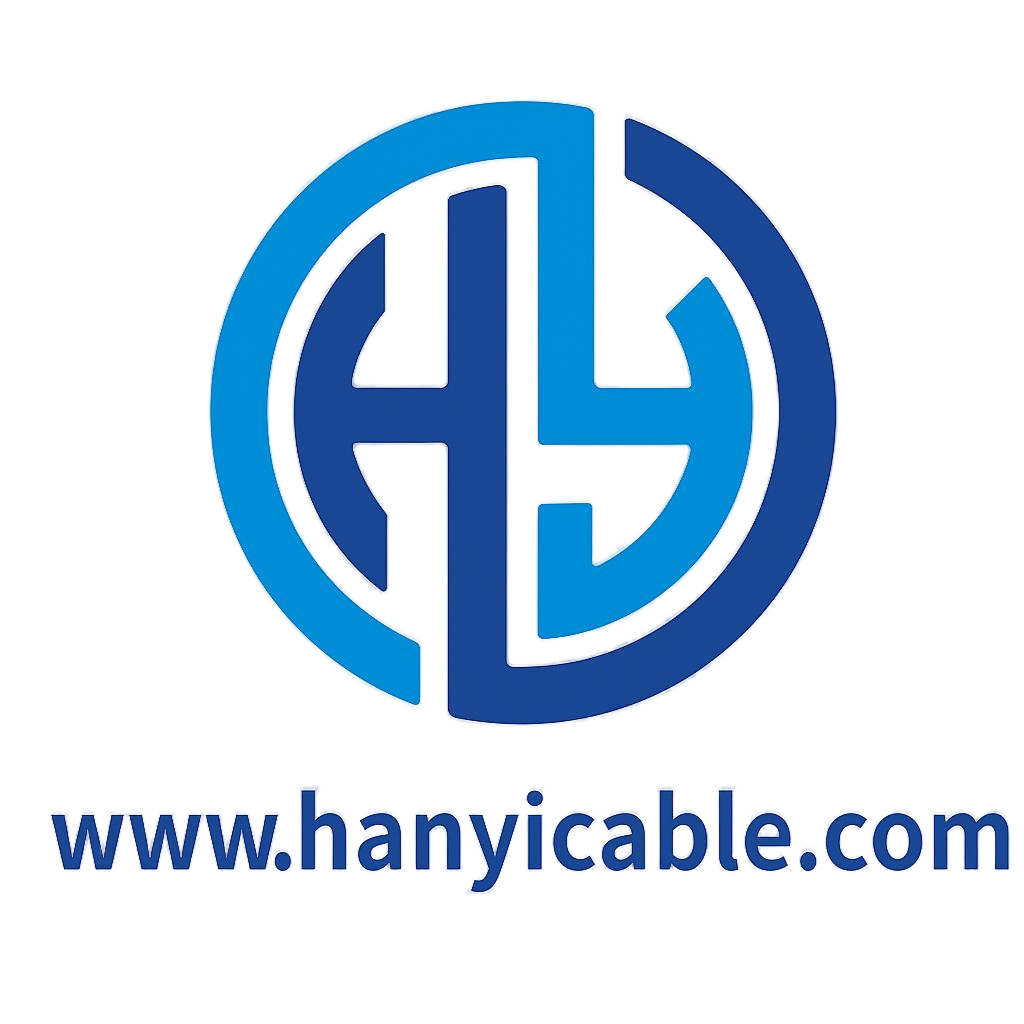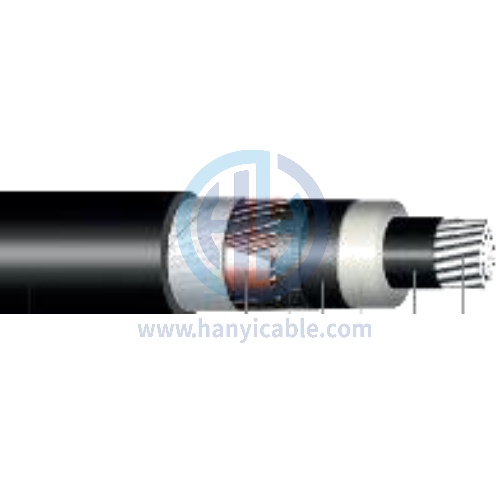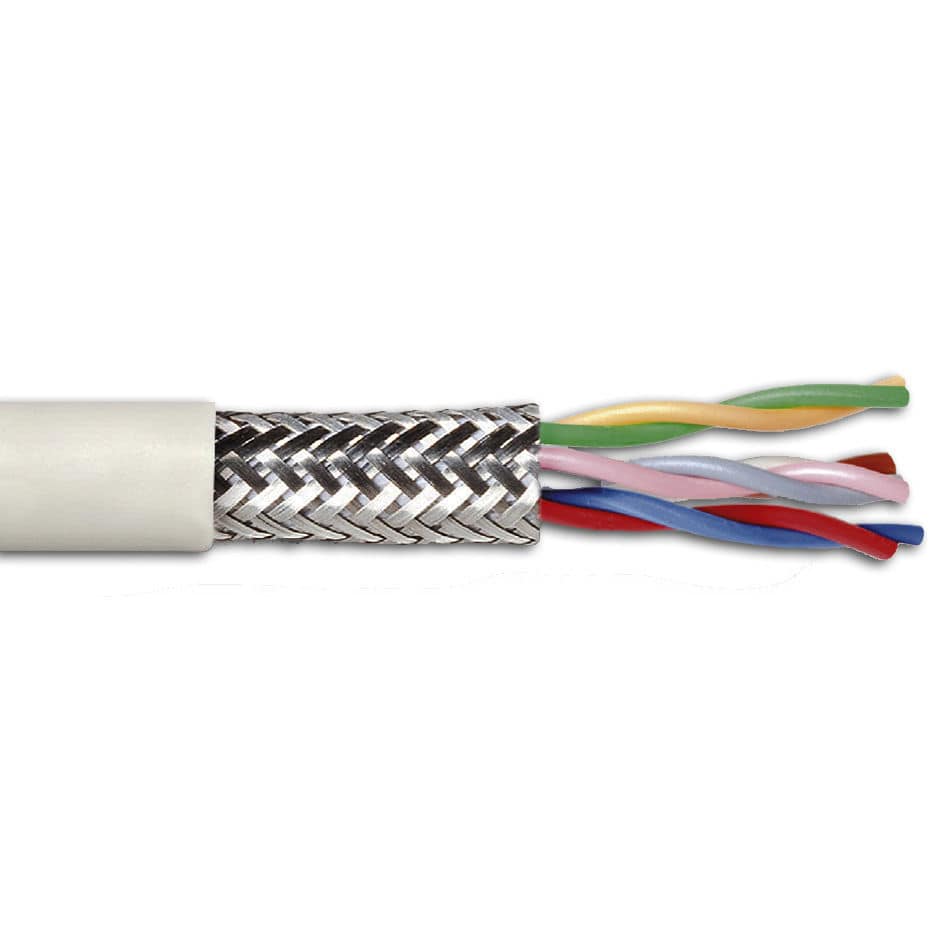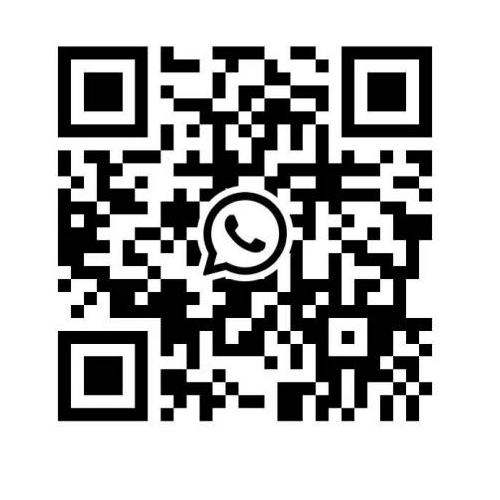Torsion Cable Cross Reference
Robotics • Wind Turbines • Rotating
Systems
What “Torsion” Means
Designed to withstand repeated
clockwise/counter‑clockwise twisting (e.g., ±150°/m to ±360°/m depending on
series and construction
Material Choices
PVC sheaths fit light‑to‑medium duty; PUR
sheaths enhance abrasion, oil, and low‑temperature resistance for harsher duty
cycles.
Shielding Options
Choose braided tinned‑copper screens and/or
twisted pairs to protect sensitive signals (encoders, feedback, bus) against
EMI/RFI.
Cross‑Reference Table
|
Cable Category |
(Typical Series) |
(Typical Series) |
Application Notes |
|
Torsion Control (PVC sheath) |
|
|
Industrial control/low‑voltage signals in
rotating sections; typical torsion ranges ±150°/m ~ ±360°/m (model‑dependent). |
|
Servo / Power (PUR sheath) |
|
|
High‑flex drives combining bending +
torsion; enhanced oil/abrasion resistance; suitable for harsh industrial
environments. |
|
Fieldbus (torsion‑rated) |
|
|
Reliable DP communication under twisting;
suitable for nacelles and robot axes. |
|
Industrial Ethernet (torsion‑rated) |
|
|
High‑speed data for Profinet / Ethernet‑IP
with repeated twist cycles; verify CPR and CPR class as required. |
|
Fiber Optic (torsion‑rated) |
|
|
EMI‑immune high‑bandwidth links for
rotating joints; choose MM/SM and core counts to suit distance and speed. |
|
Hybrid (power + signal) |
|
|
Combines drive power and feedback to save
space and simplify routing in robotic arms and turntables. |
Selection Tips
1) Define the torsion angle per meter
and expected cycle life.
2) Choose PVC for cost‑effective
light/medium duty; PUR for harsh duty.
3) For encoders/bus, specify braid
shielding and, if needed, twisted pairs.
4) Confirm ambient temperature,
oils/coolants, and CPR/fire classifications per site requirements.
FAQ
Q1. Is this an official one‑to‑one
equivalence?
No. Series names and exact constructions differ by brand. The mapping above is
a practical buying guide. Always verify conductor sizes, screens, torsion
ratings (e.g., ±180°/m, ±360°/m), temperature, approvals, and CPR class against
your spec.
Q2. Can I use a drag‑chain cable for
torsion?
Not always. Drag‑chain designs optimize bending, while torsion adds twist. Use
products explicitly rated for torsion to ensure service life.
Q3. Do I need shielding?
For encoder, feedback, bus, and Ethernet—yes, prefer braided shields and
twisted pairs. For power‑only runs, shielding is optional unless EMC or local
code demands it.
Need a Quote or Custom Build?
Provide core count & sizes, torsion
angle per meter, duty cycle, sheath material (PVC/PUR),. We will recommend a
validated construction.
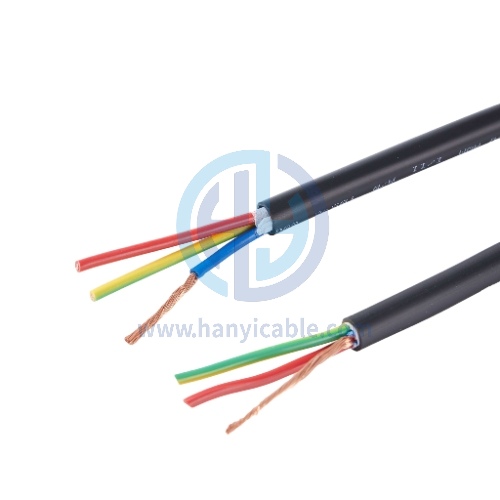 How to Choose the Right Control Cable for Your Application
How to Choose the Right Control Cable for Your Application
